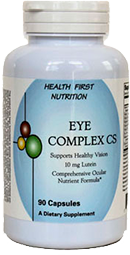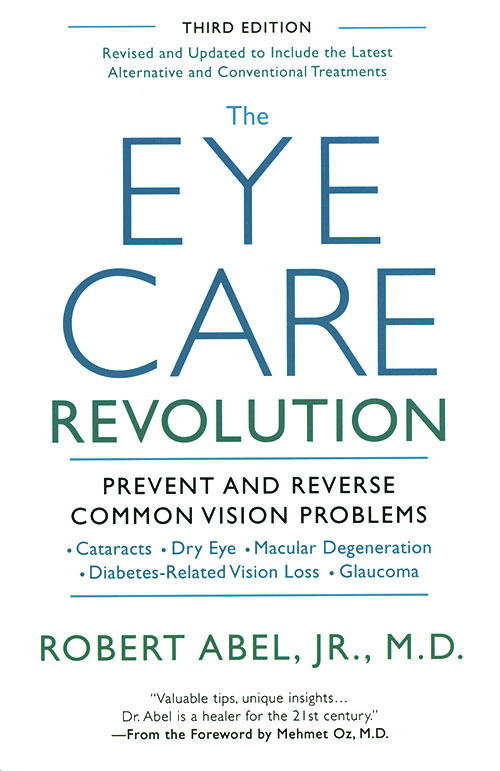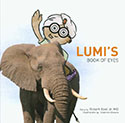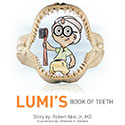Too Much Sugar Has Spurred on Diabetes
The introduction of refined sugar into the diet of western civilization has created cavities, reduced immunity to infection, and spurred degenerative diseases such as diabetes. The average North American consumes simple sugars as much as 10% percent of his or her daily diet. Indigenous people only had honey and other natural sweeteners, which were used in small amounts. Not coincidentally, civilizations that do not have a western diet have an extremely low incidence of diabetes.
High levels of ingested sugars and carbohydrates stimulate insulin release from the islet cells in the pancreas. Insulin, along with amino acids and fats, drives sugar into cells. Sugar happens to be the primary form of energy for the brain. But with excessive sugar, insulin supplies get exhausted (in adult onset, or type two, non-insulin dependent diabetes). Diabetes also occurs when our cells become resistant to insulin, or when the pancreas cells are attacked as collateral damage from other illnesses, which is often the case from juvenile, or insulin-dependent diabetes.
Symptoms of Diabetes
The symptoms of diabetes are thirst, sweating and frequent urination. A blood test is more accurate than a urine test and insulin levels can be measured. Fluctuating sugar levels shock the mural cells in capillaries. These then weaken, balloon and leak. Sugar attaches to the hemoglobin in your red blood cells (a reaction called glycosylation) and makes it more difficult for your blood cells to transfer oxygen to the tissues that are starved for it.
Diabetes and the Eye
The eyes are a unique part of the body, because we can see the blood vessels and the tiny capillaries. We know that these oxygen-sensitive blood vessels can become abnormal and show ballooning (microaneurysms), leaking of fat (exudate) and leaking of blood (hemorrhages). Two of the three types of diabetic conditions in the retina are caused by scattered capillary leakage throughout the eye (background diabetic retinopathy) or leakage in the central retina (macular edema).
Oxygen starvation can also cause a third and more severe form of diabetes, where new blood vessels grow uncontrollably on the surface of the retina and may even bleed into the eye (vitreous hemorrhage). This is known as proliferative diabetic retinopathy. Fortunately, there are now treatments for diabetic retinal changes but the best solution is prevention. Get an annual dilated eye exam and stay informed.
How to Prevent Diabetes
Take charge
Monitor blood sugar, and regularly check your hemoglobin A1C as instructed by your physician. Keep a flow sheet of these blood levels, time of day and your medication.
Diet
Watch your weight. Remember that insulin, whether injected or stimulated by pills, not only deposits sugar into cells, but also deposits fat. So minimize simple sugars. Diets such as the Atkins diet and the Mediterranean diet are high in fat and protein and low in sugar. This type of diet, alone, will lower blood sugar, reduce craving for sweets and lower your glycosylated hemoglobin that won’t surrender the oxygen to the cells. So drink lots of water, eat fish and vegetables.
Avoid artificial sweeteners
They are toxic to nerves, a condition to which diabetics are more susceptible. Try the herb stevia or d-xylose (available in most health food stores) for sweetening. These will not raise your blood sugar.
Exercise
Frequent and regular exercise is helpful in burning fat and improving cardiovascular health. This improves circulation, thereby fighting other diabetes-related symptoms.
Supplements
- A multivitamin twice a day.
- 2,000 mg of vitamin C daily – which makes collagen and keeps capillaries strong.
- 1000 mg of Quercetin daily – one of the most powerful bioflavonoids that prevents capillary leakage.
- B vitamins and zinc are important in sugar metabolism.
- Vitamin E and essential fatty acids are important to cell membrane stability.
- Alpha-lipoic acid, which not only protects nerves but decreases insulin resistance.
- Pycnogenol is very effective in protecting against diabetic kidney disease and may help retard the progress of diabetic retinopathy.
- Start a daily eye vitamin (and multi-vitamin) like Eye Complex CS (clinical strength).
There are three minerals that are known to lower insulin requirements:
- Chromium (200 micrograms a day)
- Manganese (5-15 mg per day)
- Vanadium (2 mg daily)
A number of herbs like fenugreek have been demonstrated to lower blood sugar. As always, consult your physician and nutritionist when adding even innocuous vitamins to your regimen. Alan Tillotson PhD has a combination of chinese herbs called Tien Chi which may remove some blood from the retina. Visit his website or email him directly for consultations.







